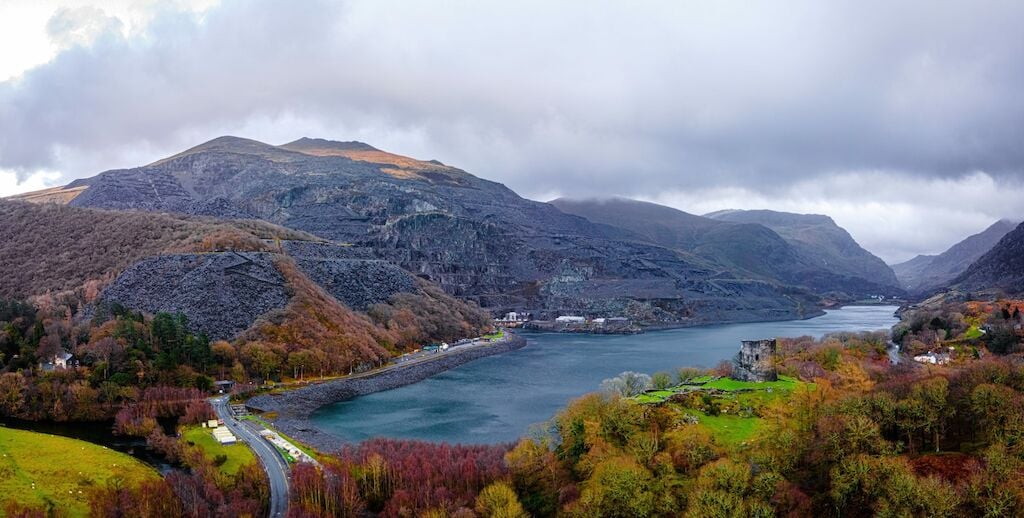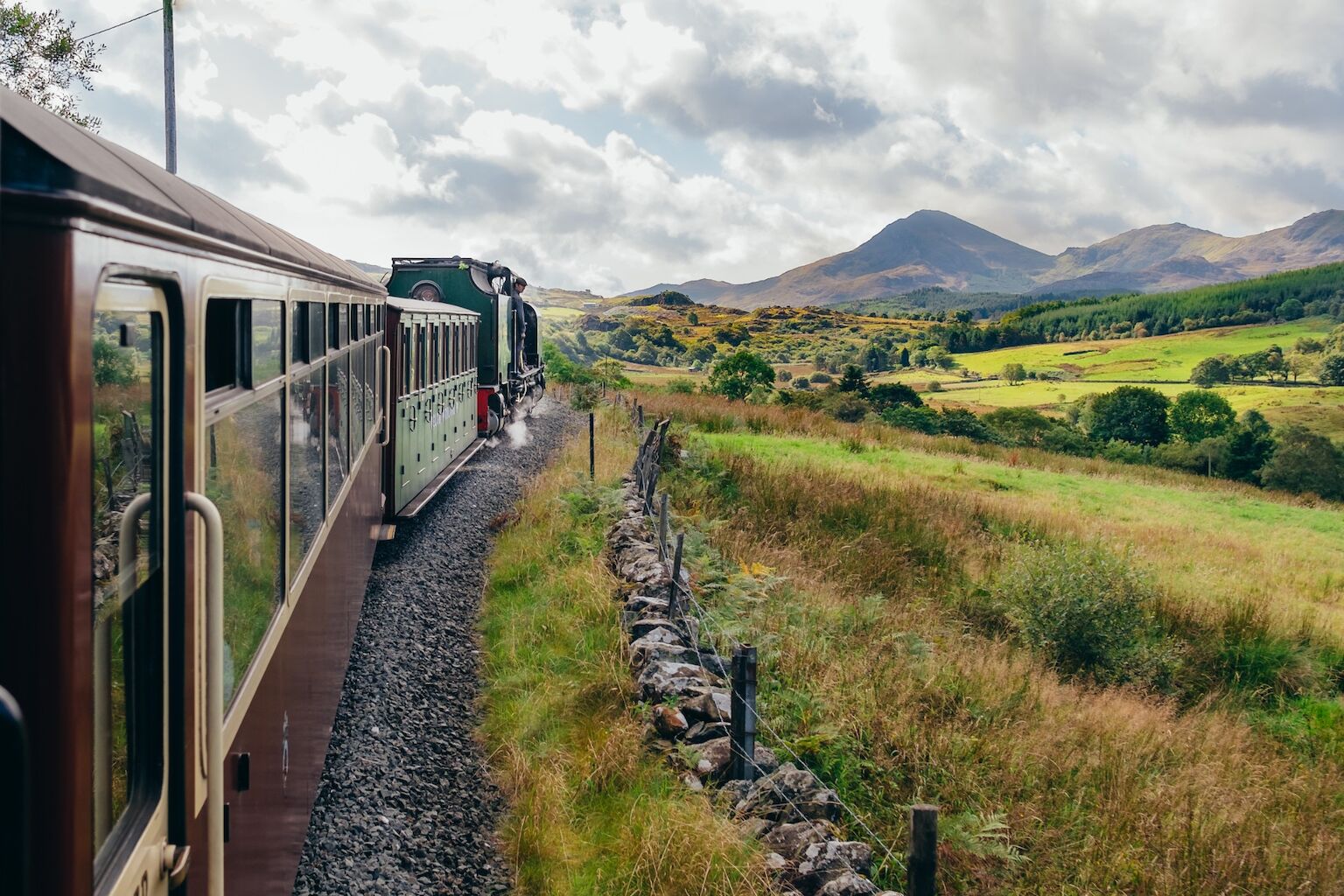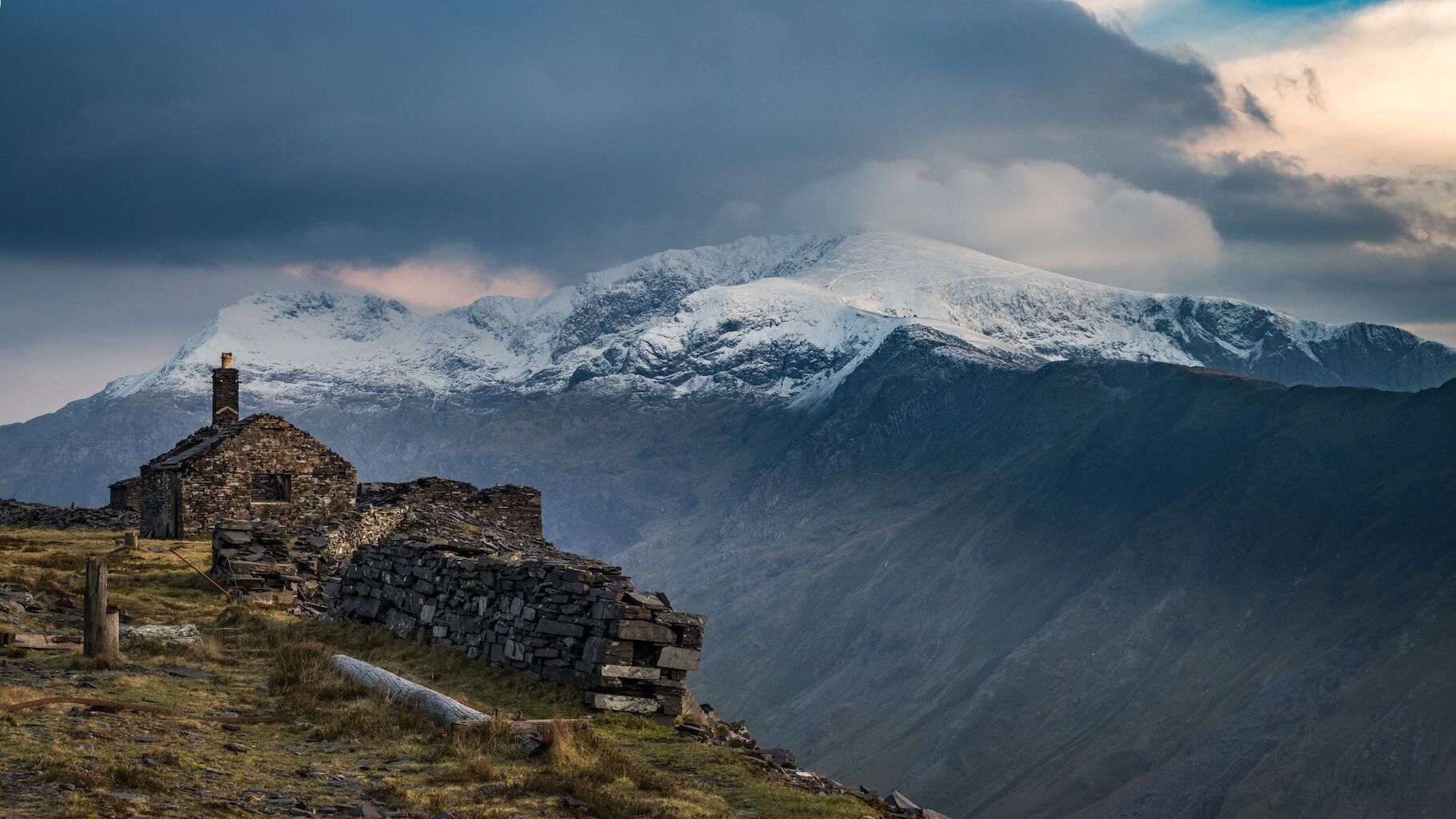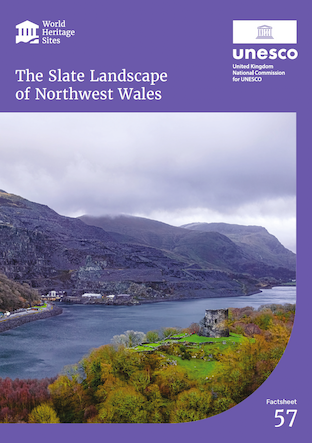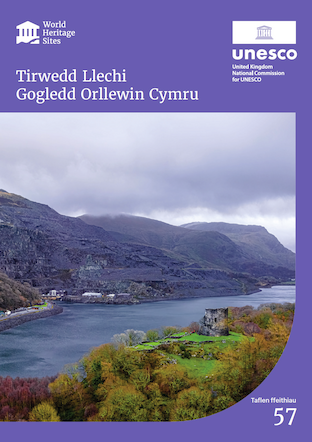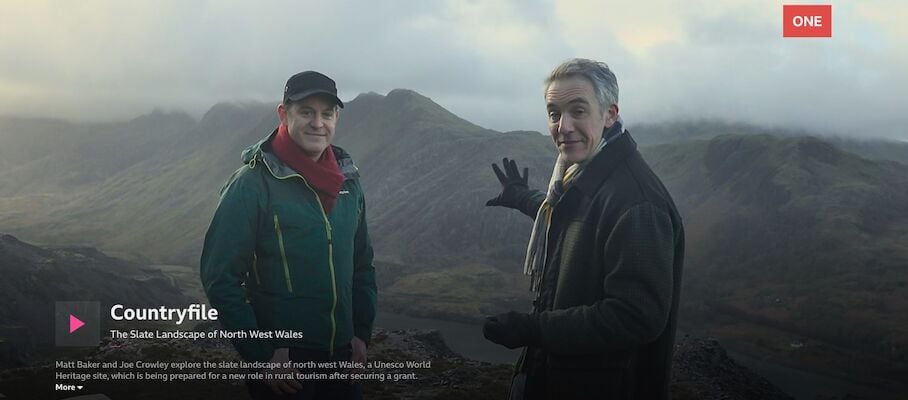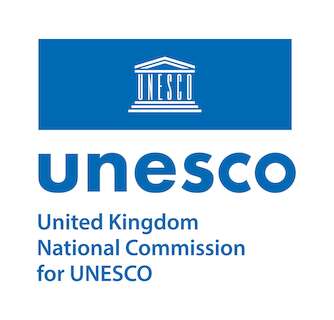The Slate Landscape of Northwest Wales
The Slate Landscape of Northwest Wales, in Gwynedd, consists of six key areas (or component parts). This landscape shows the evolution of an upland agricultural society into one dominated by the slate industry. Towns and quarries dot the landscape, whilst associated transport links carve their way through the Eryri mountains down towards iconic ports. Communities which developed around quarrying areas were, and remain, Welsh language strongholds.
What makes this UNESCO Designation special?
The Slate Landscape of Northwest Wales provides a better insight into every stage of the quarrying industry than anywhere else in the world.
Quarries, pits, cavernous chambers and tips, processing mills, transport systems (with their inclines, roads, railways and ports), the grand houses of quarry owners, communities which developed around quarrying areas, and myriad examples of the continued use of slate as final product, permeate this special landscape.
The Slate Landscape of Northwest Wales represents an exceptional example of an industrial cultural landscape profoundly shaped by large-scale slate quarrying and underground mining, and by the working and transport of slate for national and international markets. The industry, particularly in the period from 1780 to 1940, dominated the world production of roofing slates, opened up new slate quarries and mines across the world through cultural transfer of technology and skills, and transformed both the environment and the way of life of those who lived and worked in the mountains of Eryri.

